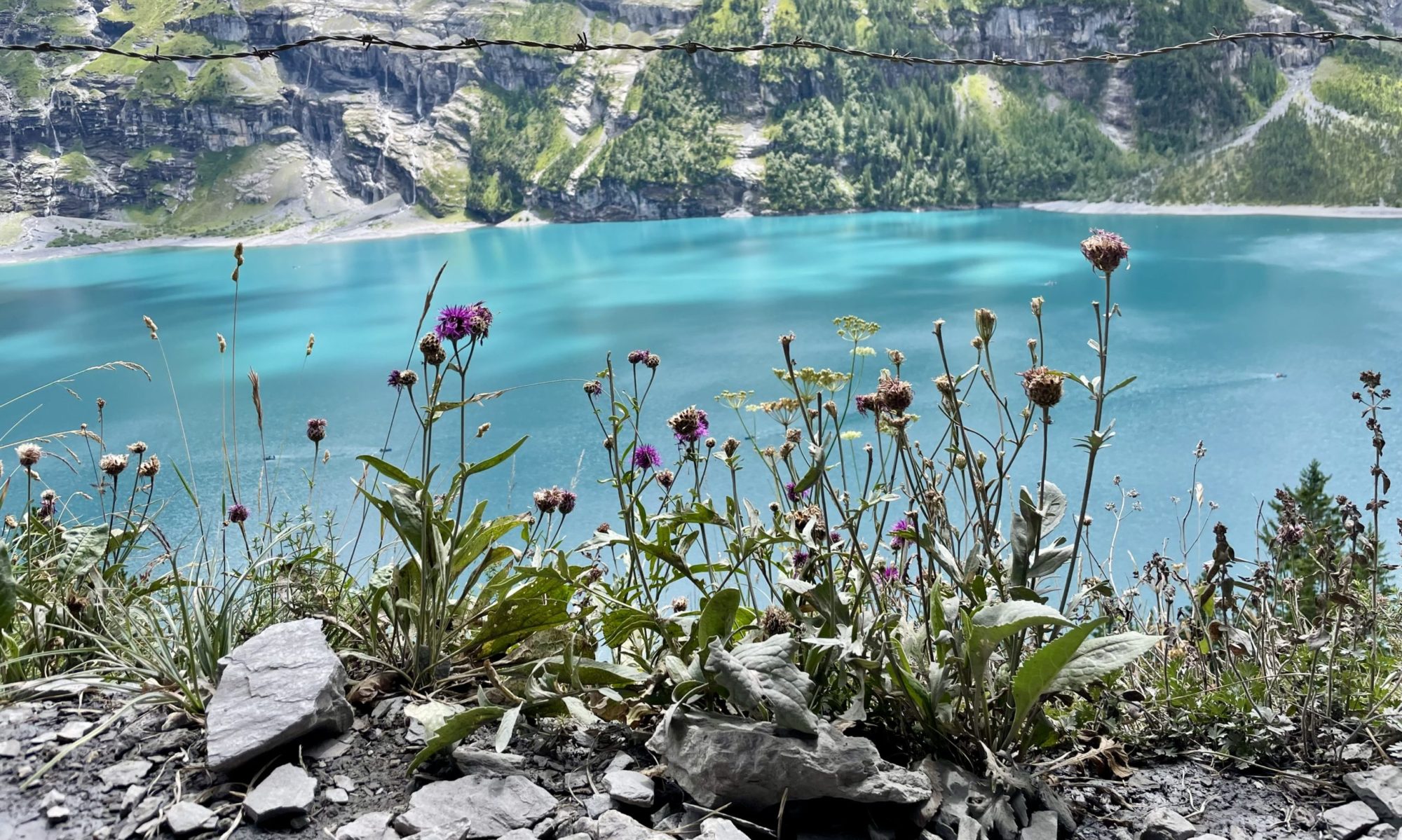Testate amoebae are a group of microorganisms that live mostly in water logged soil. The main particularity of amoebae is that their body does not have a solid shape. To move around they have to wobble around, with the help of tentacle-like protuberances called pseudopods.

To protect their soft body against predators, testate amoebae build a protective shell called a test, hence their name. Some testate amoebae produce themselves the necessary substance to make the test, others build it using debris and residues that they find in their surrounding environment, for example abandoned diatoms’ frustules.
Testate amoebae are frequently found in semi-aquatic environments, but the highest abundance and diversity is found in raised bogs. Raised bogs are a particular type of peatlands, ecosystems characterised by frequent and regular period of inundation. The presence of water in the soil prevents the activity of decomposing organisms, leading to accumulation of only partially decomposed organic matter, called peat.

Growing conditions in peatlands can be quite difficult, and even more so when the conditions are so difficult for decomposing organisms to survive that the accumulation of peats raises above the level of the surrounding environment and of the underground water level, as indicated in the image below.

Discover more about testate amoebae’s ways of life in our book The hidden world of testate amoebae
